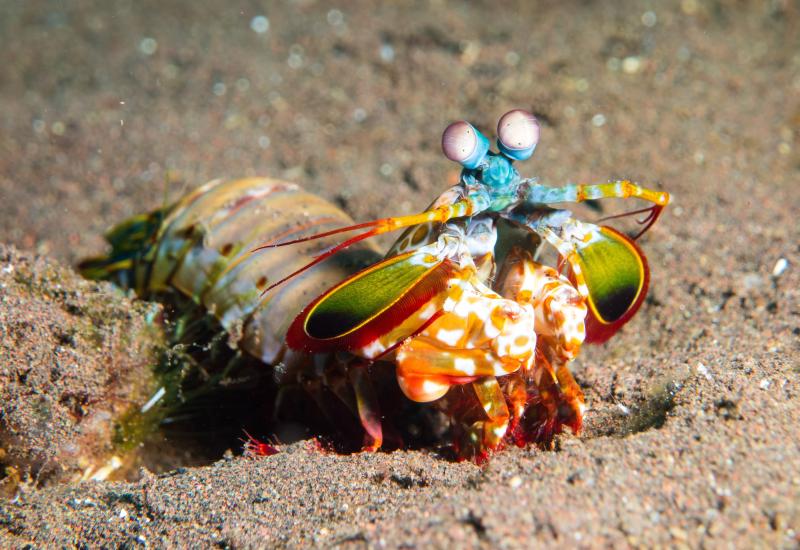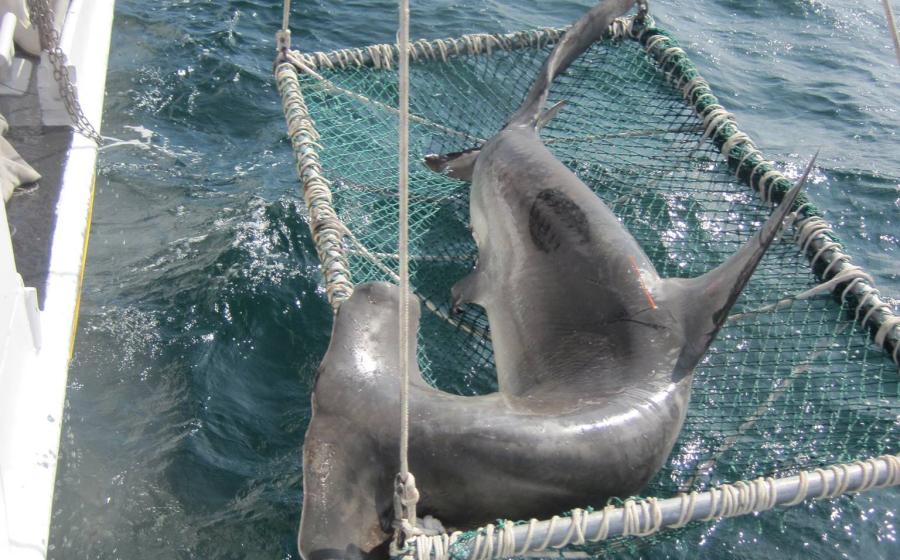Scientists Show Cuttlefish 3D Movies to Study Their Hunting Techniques
Putting 3D glasses on cuttlefish is not only adorable; it’s also allowed scientists to learn more about the cephalopods’ hunting habits.
Researchers at the University of Minnesota built a miniature underwater movie theater and, using super glue and Velcro, outfitted cuttlefish with specialized 3D glasses to determine how they attack moving prey.
When hunting in the wild, cuttlefish shoot out their tentacles and grab their prey. To be successful using this method, they must position themselves at the correct distance to strike their meal. If they’re too close, they can spook the prey, allowing it to escape. If they’re too far away, their tentacles won’t reach the target.
The research team had cuttlefish wear the glasses and strike at two images of walking shrimp that were displayed in different colors on digital monitors. By offsetting the images, they were able to determine that they were using both eyes to calculate the distance between themselves and the prey.
This means that cuttlefish use stereopsis, the same method of depth perception that humans use.
“When only one eye could see the shrimp, meaning stereopsis was not possible, the animals took longer to position themselves correctly. When both eyes could see the shrimp, meaning they utilized stereopsis, it allowed cuttlefish to make faster decisions when attacking. This can make all the difference in catching a meal,” Trevor Wardill, assistant professor at the Department of Ecology, Evolution and Behavior in the College of Biological Sciences, said in a statement.
While it was once thought that stereopsis and other complex brain functions were only done by high-order vertebrates, studies like this one, which was conducted at the Marine Biological Laboratory in Woods Hole, Massachusetts, are showing that invertebrates might be capable of more than previously believed.
“This study takes us a step further toward understanding how different nervous systems have evolved to tackle the same problem,” Rachael Feord, Ph.D., the research paper’s first author, said in the statement. “The next step is to dissect the brain circuits required for the computation of stereopsis in cuttlefish with the aim of understanding how this might be different to what happens in our brains.”
You can read the full study in the journal Science Advances.










